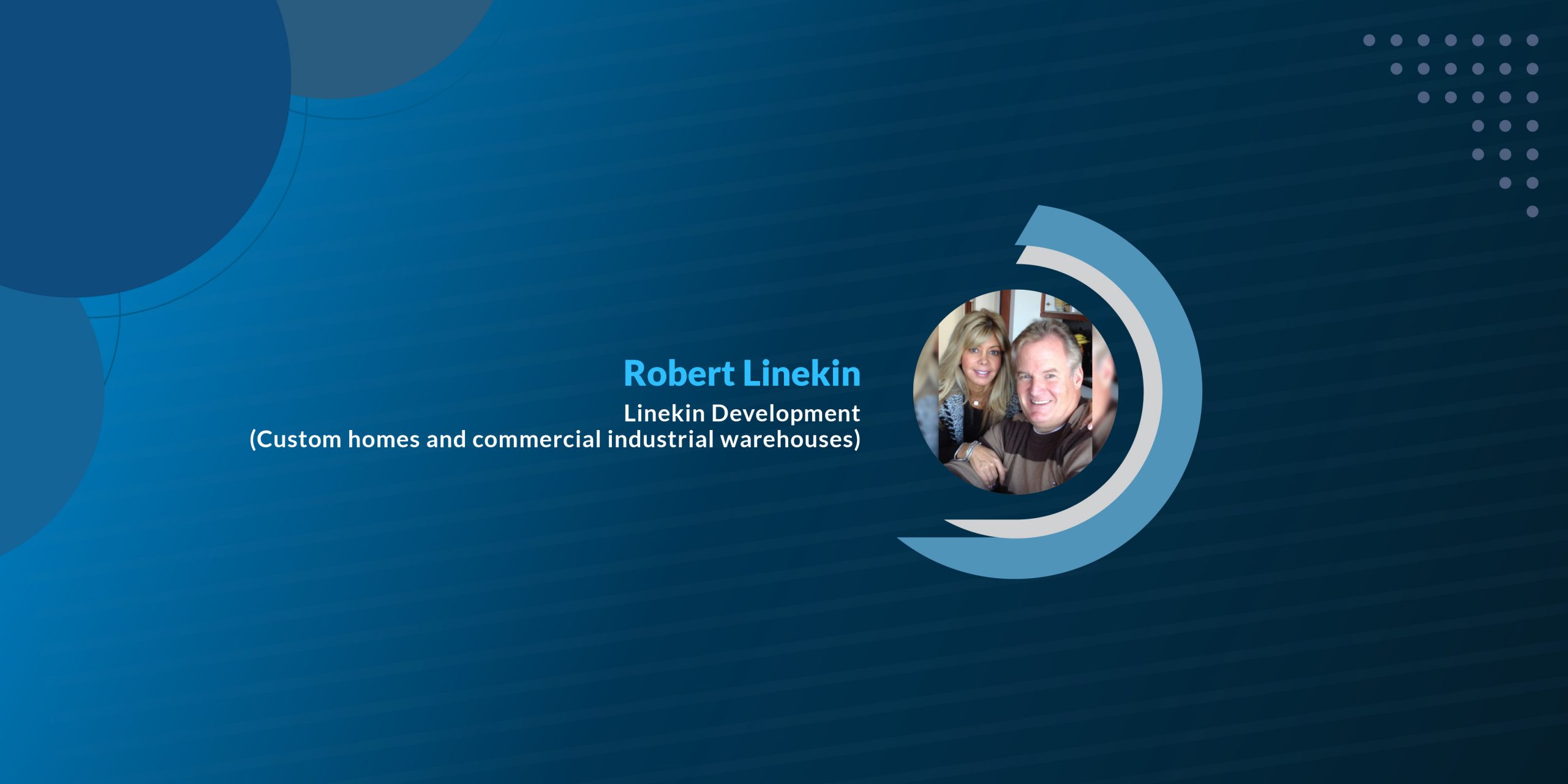
Luxury design is often associated with opulence, grandeur, and visual splendor. However, contemporary luxury is more than just aesthetics—functionality is becoming an essential part of high-end design. The modern consumer demands products and spaces that are both beautiful and practical, blending form and function into seamless experiences. In this article, we explore the critical components of luxury functional design, offering insights into how elegance and utility coexist harmoniously.
The New Definition of Luxury: Beauty Meets Purpose
Luxury is no longer just about excessive ornamentation or rare materials. The shift toward functional design highlights a growing demand for products and spaces that serve a purpose beyond aesthetics. Whether it’s an intricately designed piece of furniture or a high-end smart home, the essence of luxury now lies in thoughtful craftsmanship that enhances everyday life.
Functionality amplifies luxury by providing convenience and efficiency. This trend can be observed in various industries—from architecture and interior design to fashion and technology. Modern luxury consumers appreciate the simplicity that hides sophisticated design details, achieving both beauty and ease of use.
Craftsmanship and Materials: Elevating Utility with Quality
Quality is a cornerstone of luxury, and craftsmanship plays a vital role in achieving superior functionality. In luxury design, the materials used—whether leather, marble, cashmere, or rare woods—are selected not just for their beauty but also for their durability and tactile appeal. Artisans and designers collaborate to ensure that every detail, from seams to finishes, serves both an aesthetic and practical purpose.
For example, in furniture design, an exquisitely upholstered chair isn’t merely a decorative piece; it offers comfort and ergonomic support, balancing form and function. Similarly, a luxury handbag isn’t just about high-end branding but features compartments and closures designed to enhance usability.
Intelligent Design: Merging Technology with Aesthetics
Incorporating technology into luxury design is an emerging trend that enhances both functionality and sophistication. Smart homes, for instance, exemplify how automation and connectivity are reshaping the luxury landscape. From climate control systems that adapt to users’ preferences to motorized shades that integrate with lighting systems, technology is becoming an integral part of modern high-end living.
Luxury cars provide another example—vehicles now feature advanced infotainment systems, adaptive driving modes, and intuitive interfaces. Here, technology not only adds convenience but also reflects the brand’s commitment to performance and innovation. In both architecture and product design, the goal is to integrate technology so seamlessly that it enhances without overpowering the user experience.
Minimalism with Intent: Less is More
Minimalism plays a crucial role in functional luxury design, emphasizing that less can indeed be more. Rather than cluttered, ornate aesthetics, luxury today often favors clean lines and open spaces that promote tranquility and simplicity. This design philosophy helps create a sense of calm while each piece within the space serves a distinct purpose.
For example, Scandinavian-inspired interiors, which prioritize functionality through minimalist forms and natural elements, have gained popularity in luxury homes. Even in fashion, minimalist design focuses on quality fabrics and tailored silhouettes rather than excessive embellishments, creating understated yet elegant pieces that are easy to wear.
Bespoke Experiences: Tailoring Design to Individual Needs
Customization is a defining feature of luxury functional design, allowing consumers to shape their environments and products according to personal needs and preferences. Bespoke furniture, tailored wardrobes, and personalized tech interfaces illustrate how luxury caters to individuality. In this approach, every detail is fine-tuned for the user, ensuring both comfort and uniqueness.
This trend extends to the hospitality sector, where high-end hotels offer personalized services and environments tailored to their guests. From adjustable lighting and climate controls to curated mini-bars, every element of the experience is designed to align with the guest’s preferences, creating a functional yet indulgent stay.
Sustainability in Luxury: Responsible Design for the Future
Luxury functional design is also evolving to embrace sustainability. Consumers increasingly value eco-conscious practices, pushing brands to adopt sustainable materials and energy-efficient technologies. This shift reflects a growing recognition that luxury should not come at the expense of the environment.
Eco-luxury furniture, for example, uses responsibly sourced materials and eco-friendly finishes without compromising on quality or aesthetics. In architecture, passive design strategies—such as natural ventilation and solar panels—integrate functionality with environmental responsibility. The result is a new definition of luxury: one that combines indulgence with conscientiousness.
Designing for the Perfect Balance
The essentials of luxury functional design revolve around achieving the perfect balance between form and function. As luxury continues to evolve, it reflects a deeper understanding of consumers’ desires—not just for beauty and exclusivity but also for practical value. In this paradigm, every piece, space, and product serves a purpose while exuding sophistication.
Whether through innovative technologies, high-quality materials, or minimalist aesthetics, luxury design today is about enriching everyday life. It’s an art that lies not in excess but in thoughtful design—where every element, no matter how subtle, contributes to an elegant and purposeful experience.